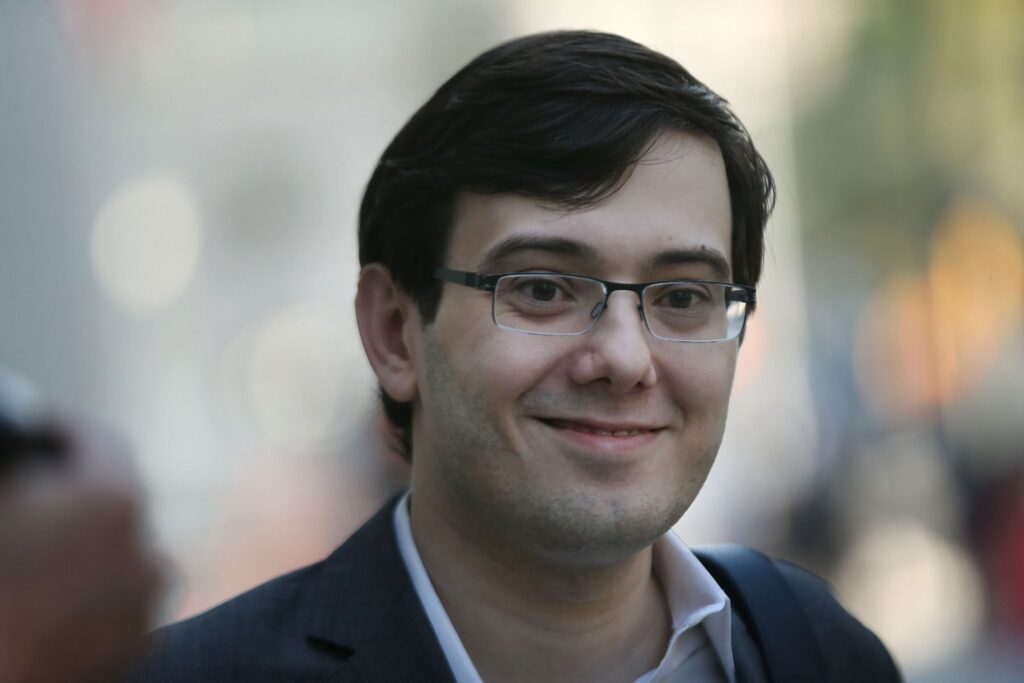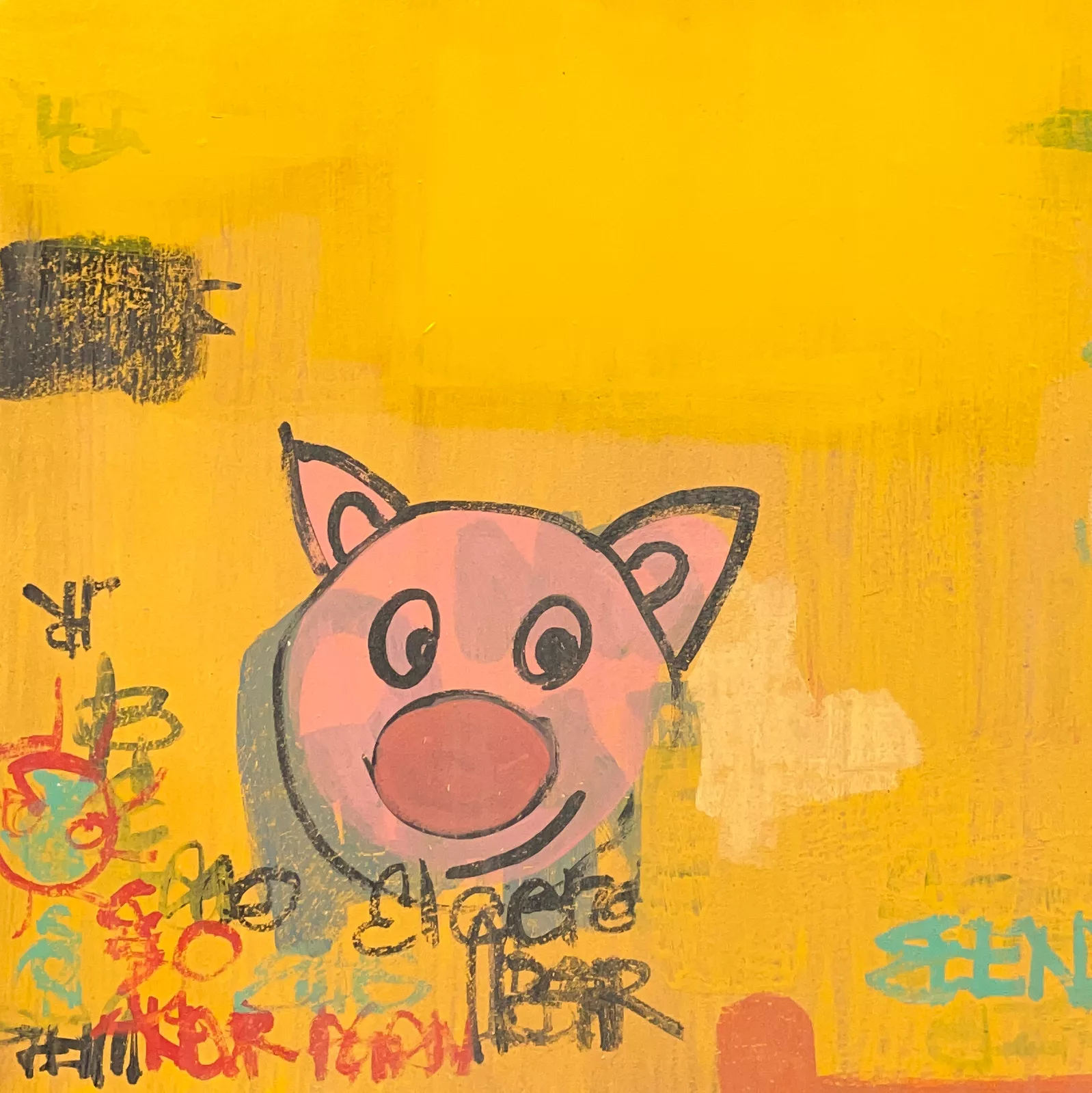The story of “Once Upon a Time in Shaolin” — the Wu-Tang Clan’s enigmatic one-of-a-kind album — reads like the plot of a heist movie or an elaborate art world scandal. It is a tale interwoven with elements of art, commerce, secrecy, and controversy, and at its center stands one of the most infamous characters of the 21st century: Martin Shkreli. The convicted pharmaceutical executive, known for price-gouging a life-saving drug and his unabashedly confrontational public persona, made headlines again when he admitted that it’s “highly likely” many people now have copies of the long-coveted album. This revelation adds another chapter to the storied legacy of “Once Upon a Time in Shaolin”, raising questions about the sanctity of the work’s exclusivity and the legal ramifications of its dissemination.
The Origins of “Once Upon a Time in Shaolin”: A Brief History
In 2014, the Wu-Tang Clan announced the creation of a revolutionary project that sought to redefine the value of music in the age of digital reproduction. “Once Upon a Time in Shaolin” was a double album recorded in secret over the course of six years. The concept behind the project was as ambitious as it was audacious: only one copy of the album would be produced, and it would be treated as a piece of fine art rather than a traditional music release.
Stored in a handcrafted silver-and-nickel box designed by the British-Moroccan artist Yahya, the album was to be sold to the highest bidder, with stipulations preventing its public release for 88 years. The Wu-Tang Clan’s mastermind, RZA, and producer Cilvaringz intended the album to challenge the music industry’s norms and spark debate about artistic value, ownership, and the commodification of creativity. At a time when music was increasingly being consumed in fleeting digital snippets, “Once Upon a Time in Shaolin” was an attempt to reimagine music as a rare, tangible, and valuable object.
Enter Martin Shkreli: The Unlikely Patron of Hip-Hop Art
In 2015, “Once Upon a Time in Shaolin” was sold to Martin Shkreli for $2 million, making it the most expensive album ever purchased. The announcement of Shkreli as the buyer drew widespread condemnation and disbelief. By then, Shkreli had already become a national pariah after his pharmaceutical company, Turing Pharmaceuticals, acquired the rights to Daraprim—a drug used to treat toxoplasmosis and malaria—and raised its price from $13.50 to $750 per tablet. This act of price gouging earned him the moniker “Pharma Bro” and made him a target of public outrage.
For the Wu-Tang Clan, who had long positioned themselves as champions of the underprivileged and marginalized, selling the album to Shkreli was perceived as a betrayal by many fans. RZA clarified that they did not know who Shkreli was at the time of the sale and later stated that a significant portion of the proceeds was donated to charity. Nevertheless, the damage was done: Shkreli’s ownership of the album symbolized everything wrong with wealth and power’s unchecked influence over art and culture.
The Legal Quagmire and Shkreli’s Recent Admissions
Fast-forward to 2023, and the controversy surrounding “Once Upon a Time in Shaolin” has taken another twist. Martin Shkreli admitted in a legal filing that it’s “highly likely” that multiple copies of the album now exist, contradicting the original premise that the work would be kept strictly exclusive and inaccessible to the public. The admission came amid a lawsuit involving Shkreli, the U.S. government, and PleasrDAO—a decentralized autonomous organization that purchased the album from the U.S. government in 2021 following Shkreli’s conviction and forfeiture of assets.
The lawsuit, filed by Woofington Holdings—a holding company associated with the album’s original production—alleges that Shkreli violated the album’s terms of sale by distributing copies to multiple parties. Shkreli, in his defense, stated that while he could not “recall each and every time” he shared the work, it is “highly likely” that many people have it in their possession. He further claimed that there was no agreement preventing him from sharing the album with others, thereby downplaying the seriousness of the allegations.
Implications for the Album’s Value and Artistic Integrity
Shkreli’s admission could have far-reaching implications for the album’s status as a unique art piece. The entire premise of *Once Upon a Time in Shaolin* hinged on its rarity and inaccessibility, positioning it as a critique of the commodification of music in the streaming era. The prospect of multiple copies existing diminishes its value as a one-of-a-kind work and undermines the artistic statement that RZA and Cilvaringz sought to make.
For PleasrDAO, which purchased the album for $4 million in 2021, this development could potentially affect the album’s market value. PleasrDAO had initially positioned itself as a steward of the album, releasing snippets through authorized channels and considering a broader distribution that would align with the spirit of decentralized ownership. If the album is no longer unique, PleasrDAO’s investment may suffer, and the broader conversation about music as art could be irrevocably altered.
Impression
Legally, the case raises questions about what it means to “own” an artistic work in the 21st century. The terms of the original sale stipulated that the album could not be commercially exploited until 2103. However, the vague language regarding sharing the album with others opens a gray area that Shkreli appears to be exploiting in his defense.
From an ethical standpoint, Shkreli’s actions seem to contradict the spirit of the agreement, even if they do not outright violate its terms. By sharing the album with multiple people, Shkreli has arguably cheapened the experience of the album, reducing it from a singular piece of art to a collectible that can be copied and disseminated at will.
Moreover, this saga speaks to the broader issue of how art is valued and who gets to control it. With major art pieces like paintings and sculptures, the original is what holds value—even if there are countless reproductions available. In the case of “Once Upon a Time in Shaolin”, however, the audio content itself is the work of art, making the existence of multiple copies a direct threat to its uniqueness.
The cultural ramifications of Shkreli’s ownership and distribution of “Once Upon a Time in Shaolin” are profound. When RZA and Cilvaringz conceived the project, they envisioned it as a way to elevate music to the status of fine art, creating a dialogue about the value of art in a world of infinite reproduction. In many ways, the controversy surrounding the album has sparked more debate than the music itself—a testament to the effectiveness of the project’s conceptual underpinnings.
Shkreli’s involvement has undoubtedly tainted the album’s legacy. What was supposed to be a statement about art and scarcity has instead become emblematic of wealth’s power to commodify and control creativity. His flippant attitude towards sharing the album reveals a lack of respect for the artistic statement the Wu-Tang Clan intended, reducing the work to little more than a trophy in his collection.
What happens next is anyone’s guess. With the lawsuit ongoing, the fate of the album hangs in the balance. PleasrDAO has expressed interest in finding ways to share the album with a wider audience, potentially releasing it under conditions that respect the original vision while adapting to a new paradigm of digital ownership and decentralized governance.
Ultimately, the story of “Once Upon a Time in Shaolin” is far from over. Whether it will remain a symbol of exclusivity and artistic value or be remembered as a cautionary tale of art falling victim to corporate greed depends on how these legal and cultural battles play out.
The saga of “Once Upon a Time in Shaolin” is a microcosm of broader debates in the art and music worlds. It touches on questions of ownership, value, and the role of the artist in defining what their work represents. Martin Shkreli’s involvement has complicated the narrative, turning what was supposed to be a bold artistic statement into a convoluted legal and ethical quagmire.
As more details emerge about how many copies of the album exist and who has access to them, the central question remains: Can “Once Upon a Time in Shaolin” ever reclaim its status as a unique work of art, or has its integrity been irrevocably compromised? Only time—and the courts—will tell. But one thing is clear: “Once Upon a Time in Shaolin” is more than just an album. It’s a symbol of what happens when art and commerce collide in the most dramatic of ways.
No comments yet.








